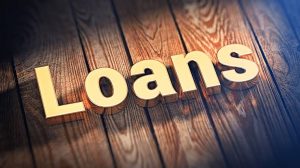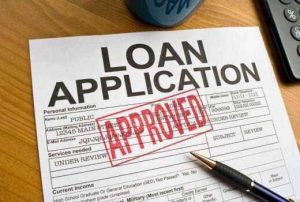All loan defaulters in Kenya will now have to answer to creditors after the end of the six month grace period which saw the suspension of Credit Reference Bureau (CRB) listings.

Although the grace period officially ended on Wednesday the 30th of September 2020, the Central Bank of Kenya (CBK) as at the time this article was being put together, had not released any new information regarding what is to be expected moving forward.
If no new information is released going back to how things were before Covid-19 debt wise, could hit loan defaulters hard at a time where many are still reeling from the effects of the pandemic.
What this means in a nutshell is that if the Central Bank of Kenya (CBK) does not release a statement with guidelines or further instructions regarding the grace period, all lenders and creditors; micro finance institutions, Saccos, and banks will now be able to release the contact details of all their debtors or loan defaulters, to the Credit Reference Bureaus (CRBs), even with the still ongoing Coronavirus pandemic that has negatively affected a large number of businesses in Kenya and beyond.
The Central Bank of Kenya (CBK) had in April 2020 in a bid to protect citizens and businesses in Kenya from the repercussions of the Coronavirus pandemic, announced and implemented a number of measures which also included the suspension of Credit Reference Bureau (CRB) listings.
The statement released by the Central Bank of Kenya (CBK) stated that, “On the recommendation of CBK, the Cabinet Secretary for the National Treasury and Planning has published by Gazette Notice No. 3096 of April 8, 2020, the suspension for a period of six months, the listing of negative credit information for borrowers whose loans were performing previously but have become non-performing from April 1, 2020.”
It added that, “Consequently, loans that fall in arrears from April 1 to September 30, 2020, will not lead to the “blacklisting” of the borrower on the CRBs.”

Data released by the Central Bank of Kenya (CBK) revealed that Non-Performing Loans (NPLs) increased from 349.9 billion Kenyan Shillings at the end of February 2020, to 379.9 billion Kenyan Shillings in June of 2020.
In July 2019, Microsave Consultancy published a report. The report which was called ‘Customer Experience of Digital Credit in Kenya’ revealed that more than 2.7 million Kenyans had been blacklisted by Credit Reference Bureaus (CRBs) for failure to pay loans given to them by numerous micro lenders with operations in Kenya.
It also made it known that more Kenyans were having rather degraded credit scores as a result of large borrowing and access to quick loans.
According to the report, “Over 2.7 million Kenyans have been reported to a credit bureau with a negative listing for late repayment or default. However, more research is needed to better understand the role of digital loans in contributing to the recent rise in banking sector’s bad loans.”

The Chief Executive Officer (CEO) of the Credit Information Sharing Association of Kenya; Jared Getanga when speaking regarding any further information from the Central Bank of Kenya (CBK) said, “We are waiting for the CBK to provide guidance, the matter is in their hands. It cannot just happen automatically because some aspects of resumption need guidance.”
Are there any other topics, news or categories that you would like us to write on? Feel free to reach out to Mpesa Pay in the comment section.


